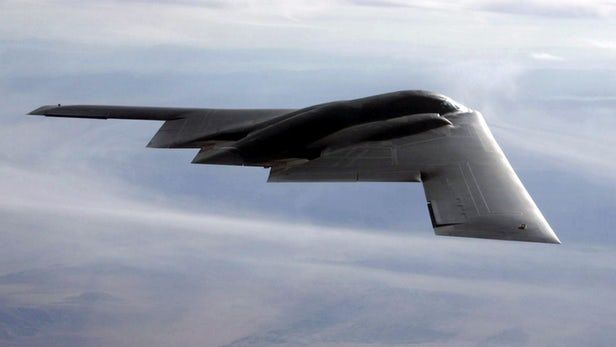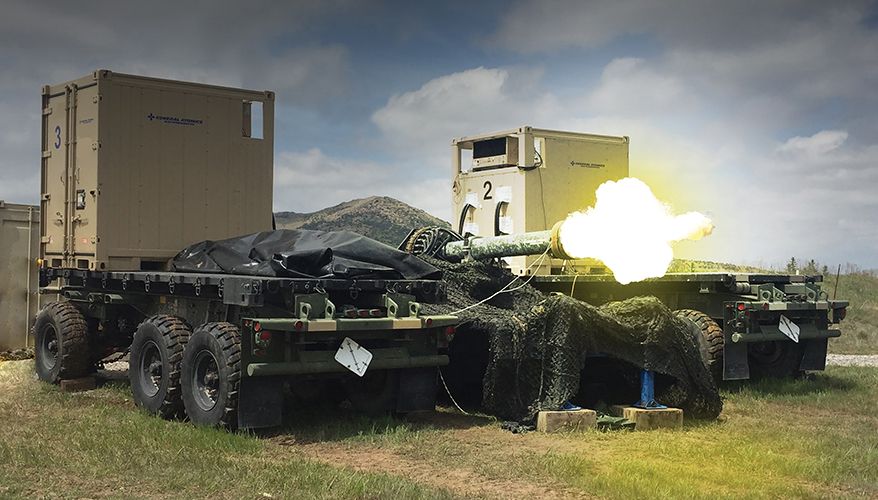
A fierce internal debate may undermine the company’s bid for the JEDI program.
Last August, U.S. Defense Secretary James Mattis made a journey to the West Coast and met with Google founder Sergey Brin and CEO Sundar Pichai. Over a half day of meetings, Google leaders described the company’s multi-year transition to cloud computing and how it was helping them develop into a powerhouse for research and development into artificial intelligence. Brin in particular was eager to showcase how much Google was learning every day about AI and cloud implementation, according to one current and one former senior Defense Department official who spoke on condition of anonymity.
It wasn’t an overt sales pitch, exactly, say the officials. But the effect of the trip, during which Mattis also met representatives from Amazon, was transformative. He went west with deep reservations about a department-wide move to the cloud and returned to Washington, D.C., convinced that the U.S. military had to move much of its data to a commercial cloud provider — not just to manage files, email, and paperwork but to push mission-critical information to front-line operators.
Continue reading “Google is Pursuing the Pentagon’s Giant Cloud Contract Quietly, Fearing An Employee Revolt” »


















